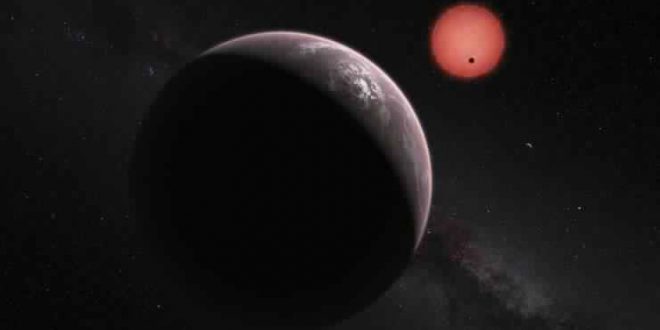Say hello to 2015 RR245, a 700km-wide dwarf planet located approximately 12 billion kilometres from the sun. It takes 700 years to make a complete orbit, making it one of the most remote known objects in the entire solar system of significant size.
The body has been designated 2015 RR245 and joins other known “dwarf planets” Pluto, Ceres, Haumea, Makemake and Eris. But there are hundreds more far out beyond Neptune in the Kuiper Belt that lies beyond Pluto on the edge of the solar system.
Most of them were ejected from the solar system as the giant planets moved into their current positions.
“The icy worlds beyond Neptune trace how the giant planets formed and then moved out from the sun,” said Michele Bannister of the University of Victoria in British Columbia in a note announcing the discovery.
The tiny bodies mainly made up of rock and ice let us piece together the history of our solar system, Bannister says.
“But almost all of these icy worlds are painfully small and faint: it’s really exciting to find one that’s large and bright enough that we can study it in detail.”
RR245 was found using the Canada-France-Hawaii Telescope on Maunakea, Hawaii, as part of the Outer Solar System Origins Survey (OSSOS).
It was first spotted by National Research Council of Canada’s JJ Kavelaars in February this year in OSSOS images from September 2015.
“There it was on the screen — this dot of light moving so slowly that it had to be at least twice as far as Neptune from the Sun,” Bannister said.
So far astronomers know little about the body or its surface properties, although last year’s flyby of Pluto by the New Horizons spacecraft, and the wealth of data that has followed, shows that these bodies can be more exotic than previously thought.
RR245 takes 700 Earth years to orbit the sun on its vast elliptical path. It will reach its closest approach at 5 billion kilometres in around 2096.
OSSOS has discovered more than 500 trans-Neptunian objects, but this is the biggest body and only dwarf planet.
Agencies/Canadajournal

 Canada Journal – News of the World Articles and videos to bring you the biggest Canadian news stories from across the country every day
Canada Journal – News of the World Articles and videos to bring you the biggest Canadian news stories from across the country every day

